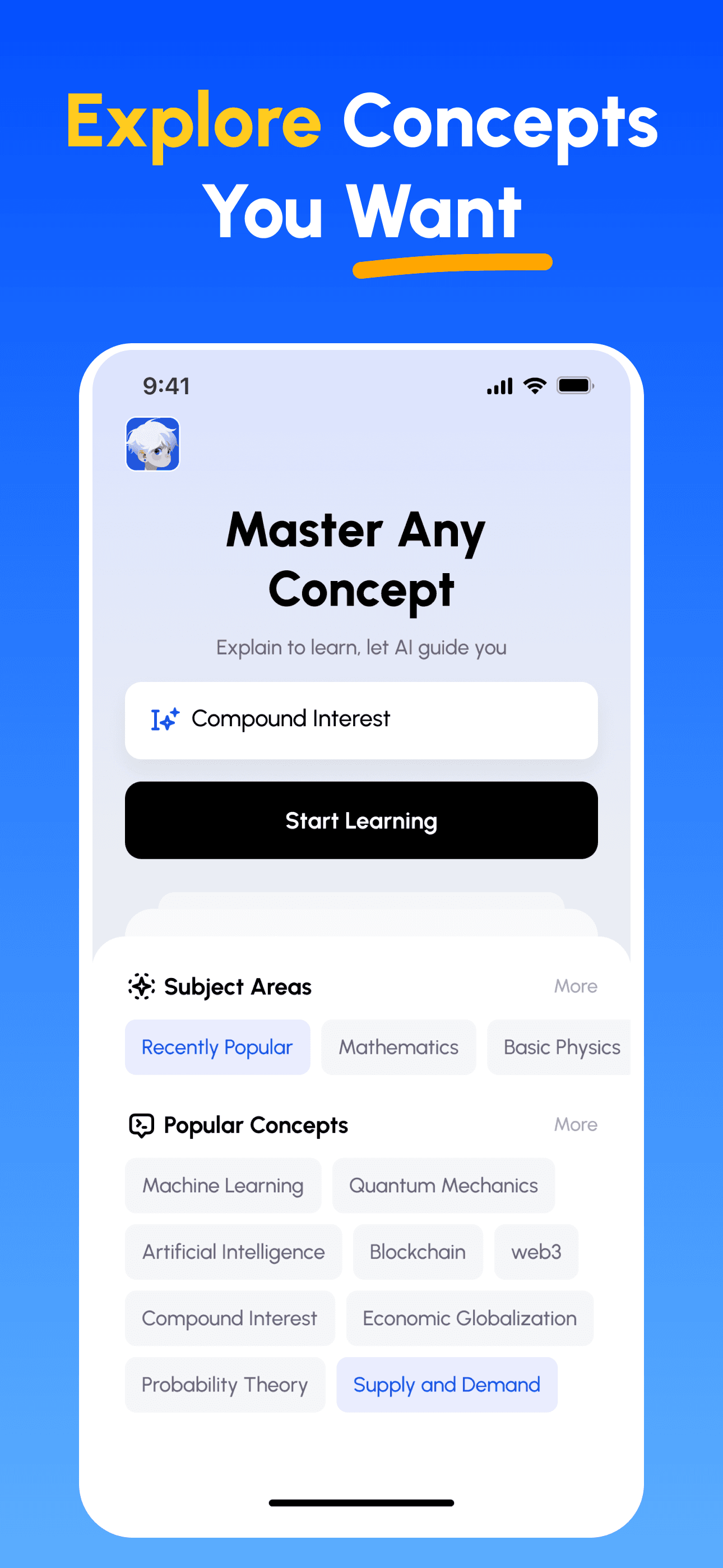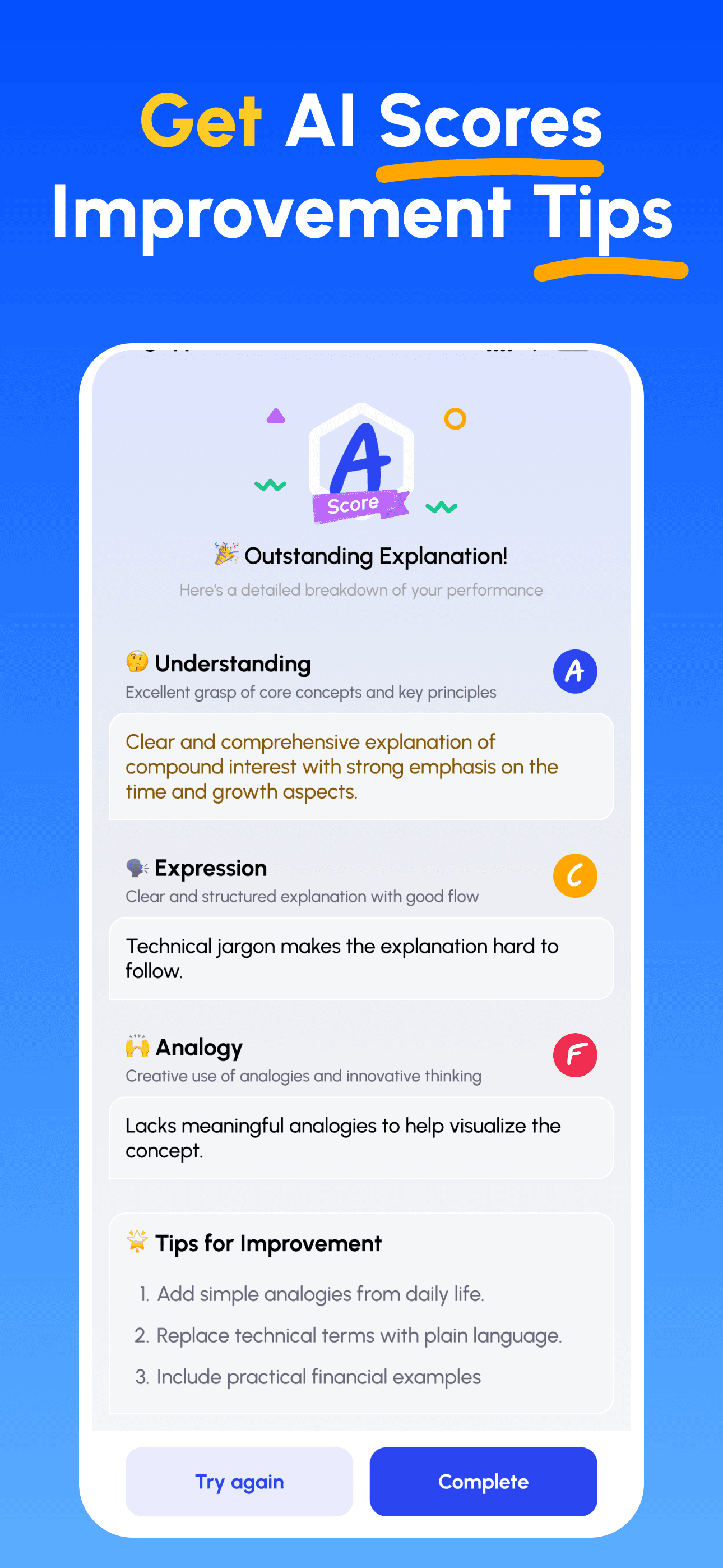Big Data
Big data is like having tons of information that's too much for a regular computer to handle easily and quickly. 🧮
Introdução Breve
Imagine trying to count every grain of sand on a beach – that's a lot of data! Big data refers to extremely large and complex sets of information. Analyzing this data helps us uncover patterns, trends, and insights that can improve decisions and solve problems in various fields. 🏖️
Explicação Principal
Volume: Sheer Size Matters
Big Data is characterized by its massive volume. It's not just a few spreadsheets; it's terabytes or even petabytes of information. Think about all the photos, videos, and posts uploaded to social media every minute. That's a massive amount of data being generated constantly! 📷
Variety: Different Shapes and Sizes
Data comes in different forms – structured (like a neatly organized database), semi-structured (like emails), and unstructured (like social media posts, videos, and audio recordings). This variety makes it challenging to process and analyze using traditional methods. Imagine trying to sort a box filled with books, letters, and random notes all at once. 📚
Velocity: Speed of Generation
Big Data is generated at a rapid pace. Think about real-time stock market data or the continuous stream of information from sensors on a factory floor. This speed requires real-time or near-real-time processing to be useful. It's like trying to catch water flowing from a firehose – you need to be quick! ⏰
Value: Finding the Gold
The ultimate goal of working with Big Data is to extract valuable insights. It's like mining for gold: you have to sift through a lot of rock and dirt to find the precious nuggets. These insights can lead to better business decisions, improved healthcare, and a deeper understanding of the world around us. 💰
Exemplos
- Netflix uses big data to understand your viewing habits (what you watch, when you watch, how long you watch) and then recommends shows you might like. This makes your experience better and keeps you hooked! 🍿
- A grocery store uses big data to analyze what products customers buy together. They might find that people who buy diapers also tend to buy baby wipes. So, they can place these items close together to increase sales. 🛒
- Hospitals use big data to predict patient readmission rates. By analyzing patient history, demographics, and other factors, they can identify patients at high risk and provide them with extra care to prevent them from needing to return to the hospital. 🏥
Domine Qualquer Matéria em 3 Passos Simples
- Escolha Seu Objetivo de Aprendizado: Selecione entre centenas de conceitos em ciências, negócios, humanidades e habilidades profissionais. Divida tópicos complexos em partes gerenciáveis.
- Aprenda Ensinando: Use nossa plataforma com IA para explicar conceitos como se estivesse ensinando outros. Descubra e preencha lacunas de conhecimento instantaneamente.
- Receba Orientação Especializada da IA: Obtenha feedback imediato e detalhado sobre sua compreensão, clareza de explicação e habilidades de aplicação prática.
- Revise pontuações e melhore: Siga dicas direcionadas, refine sua explicação e itere até poder ensiná‑la com simplicidade.
Baixe Feynman AI Agora
Comece sua jornada para uma melhor comunicação hoje!




